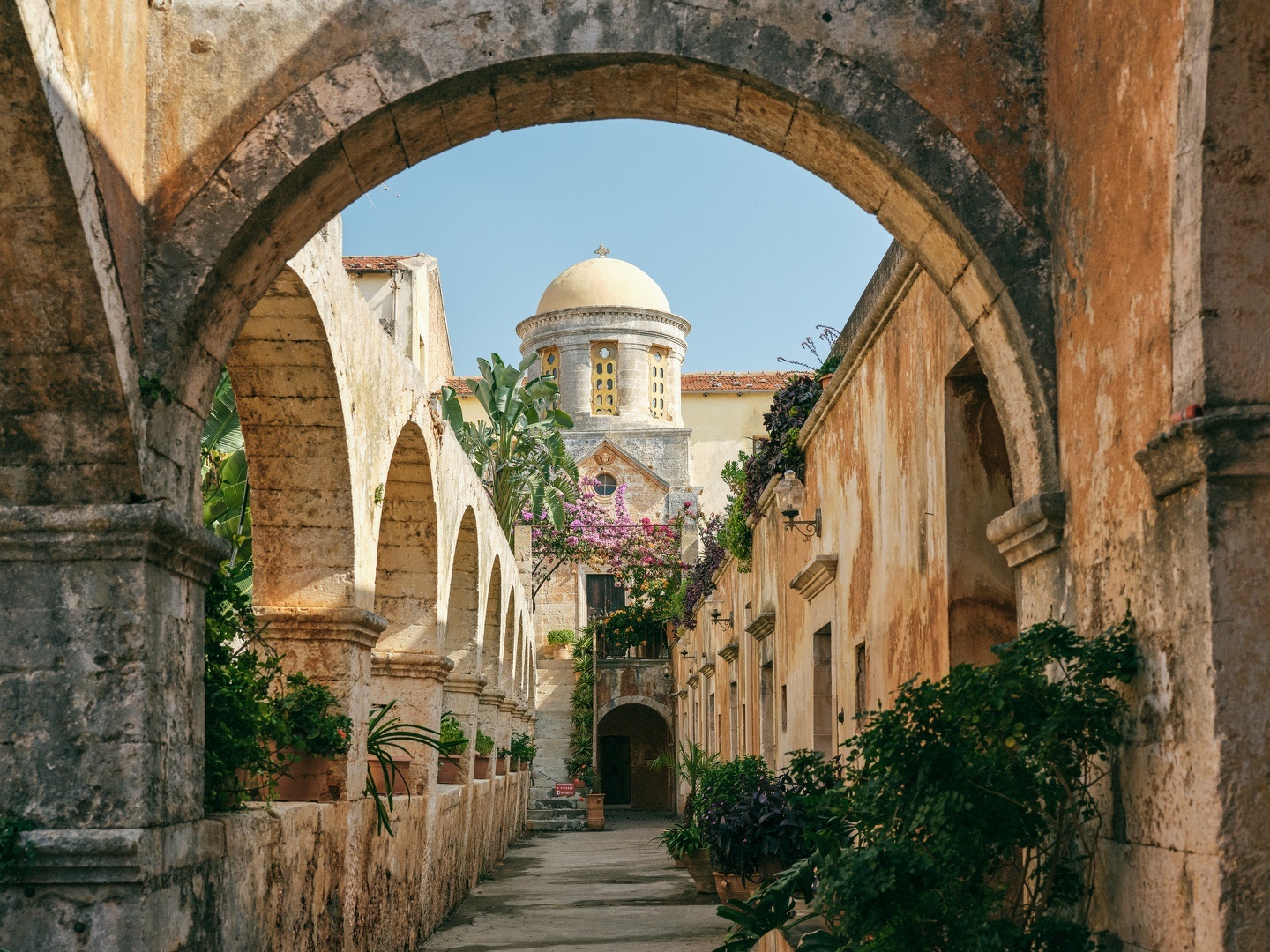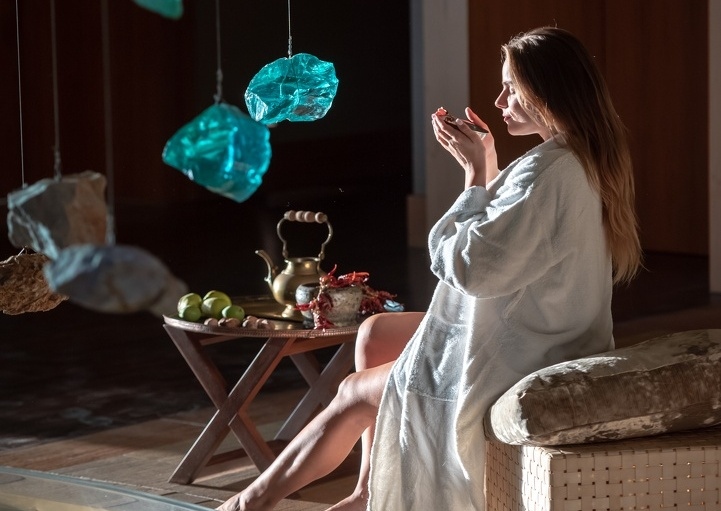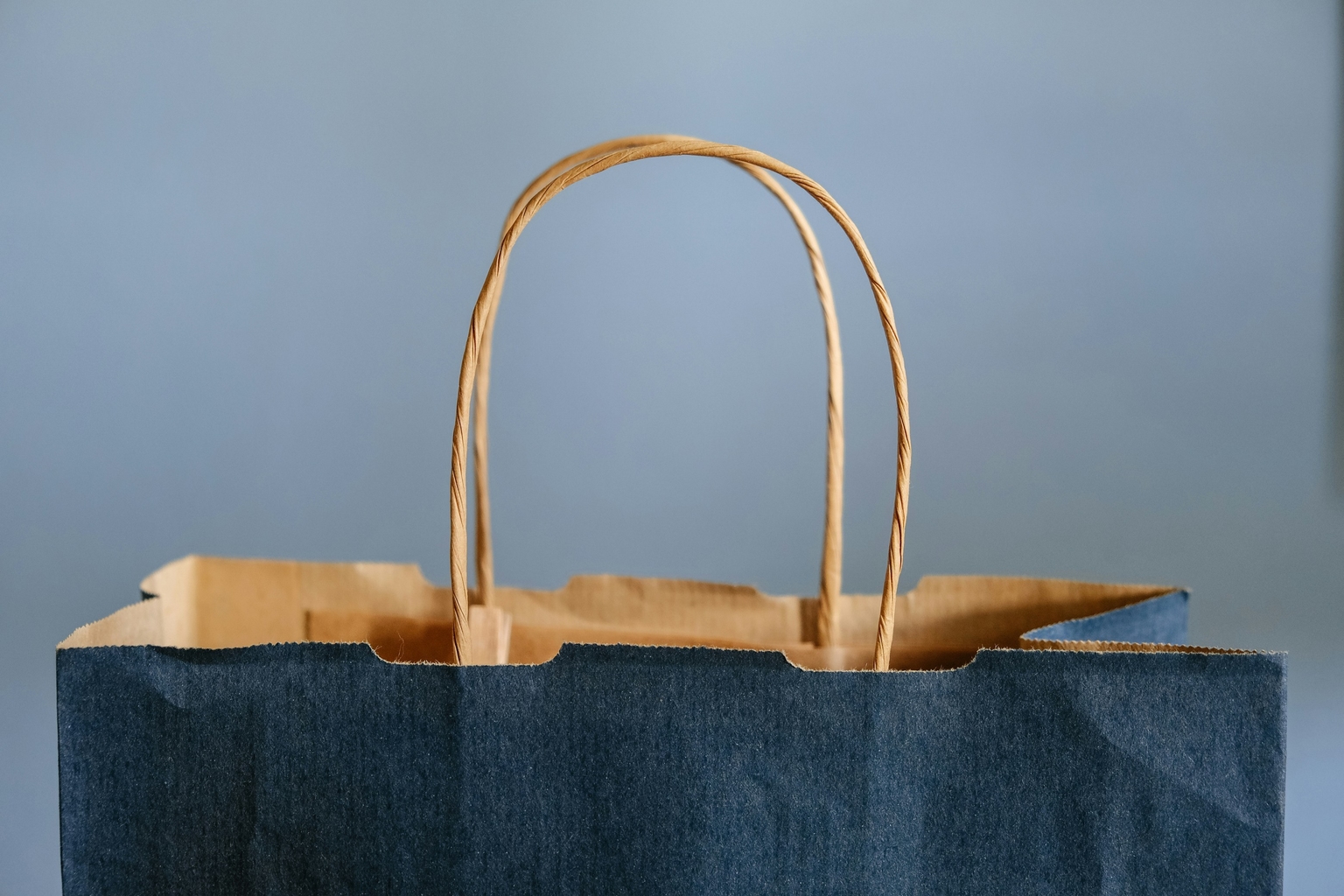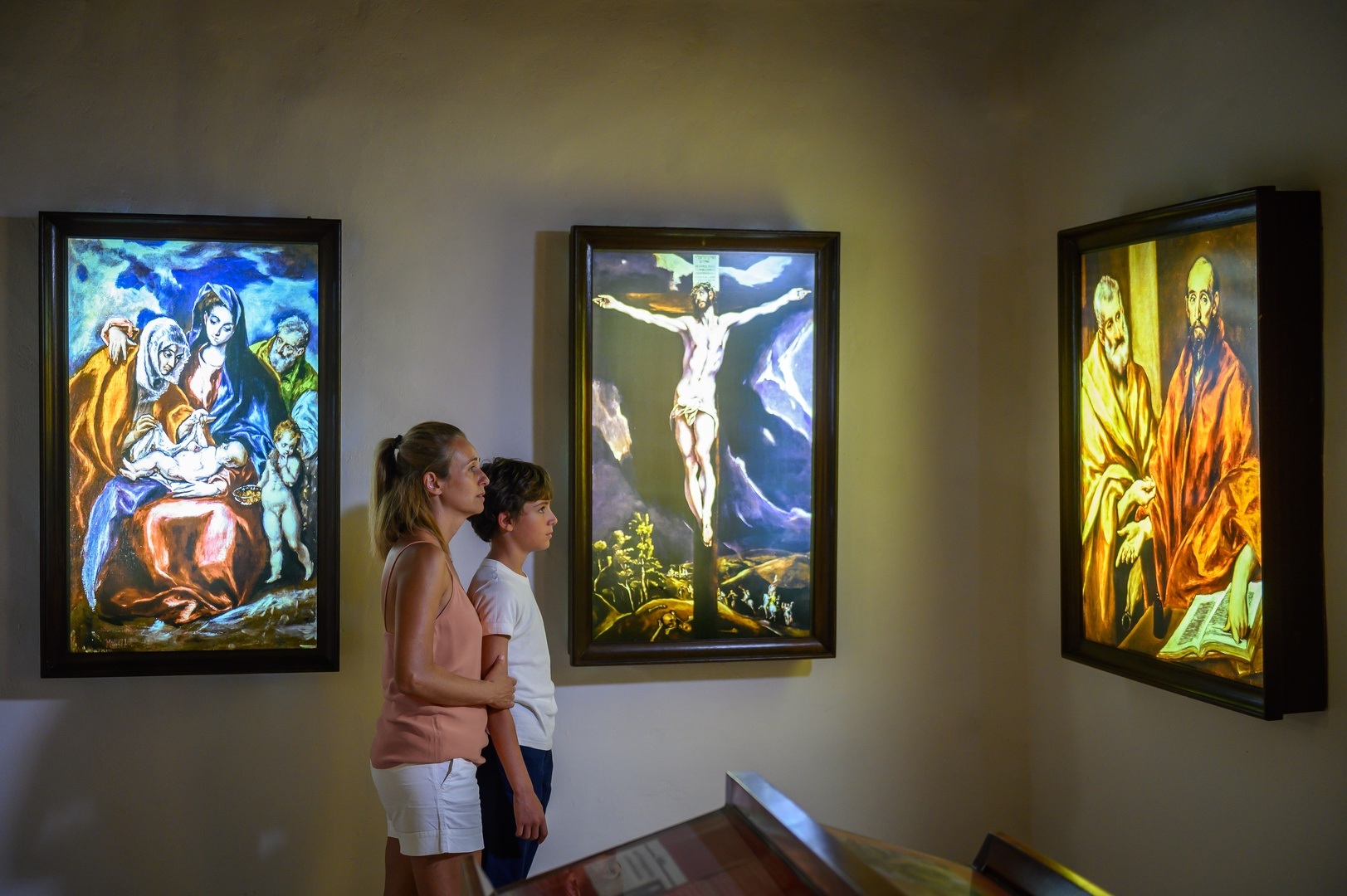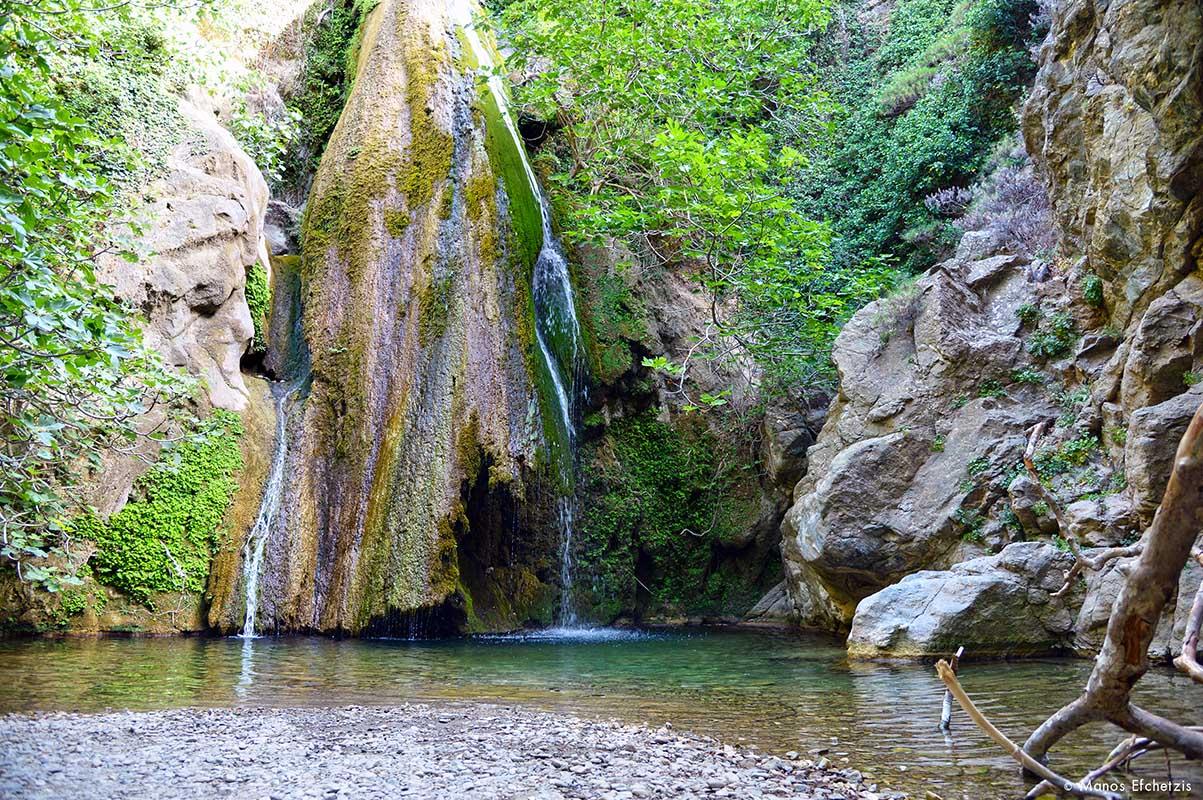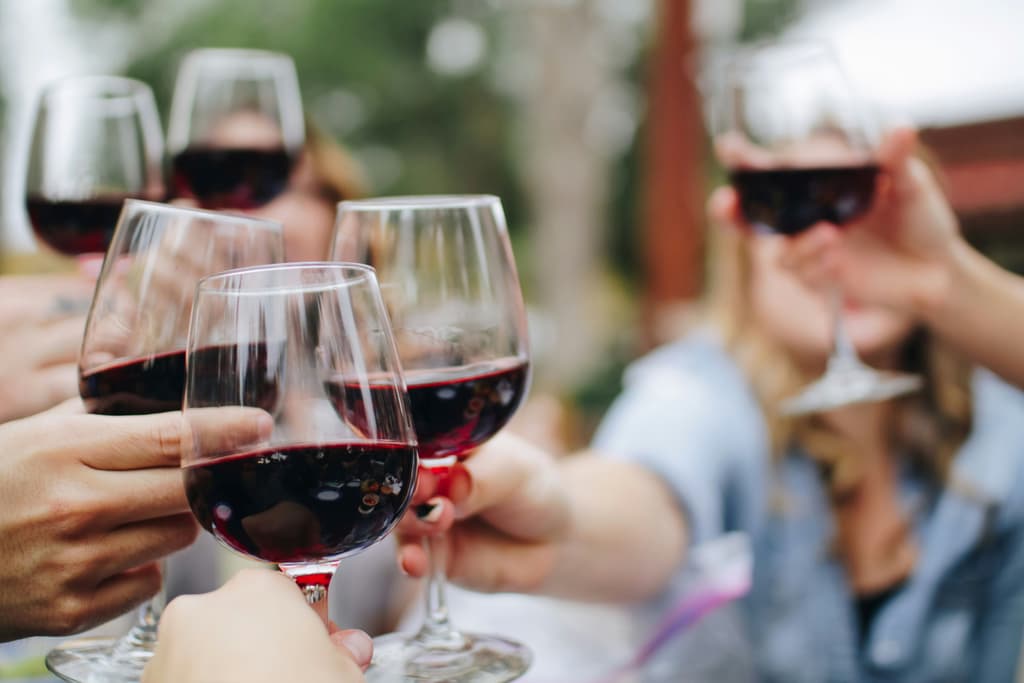Kazanaria: Crete’s Essence in a Distilled Drop!
Author Katerina Mylona
Gastronomy
Gastronomy
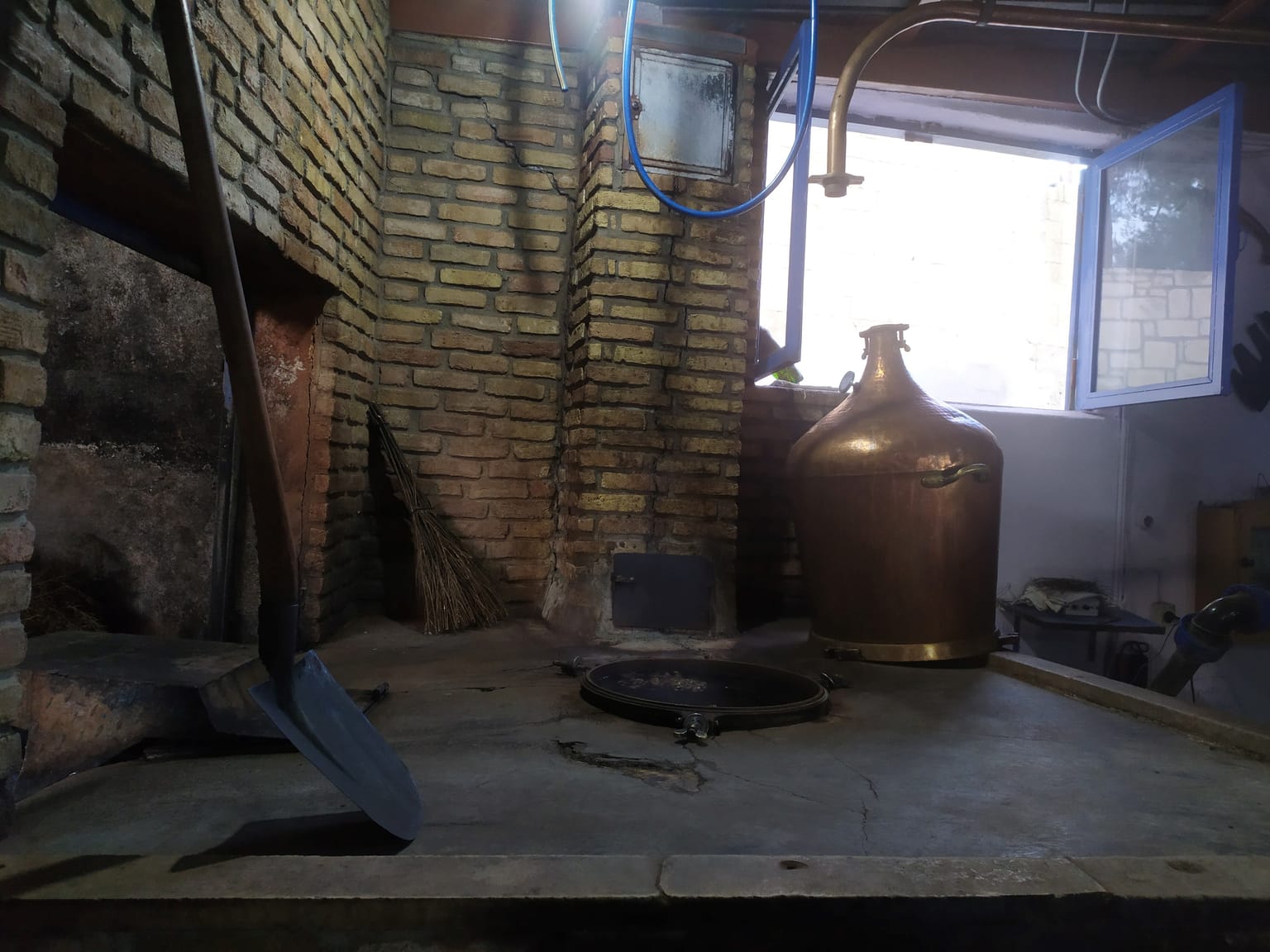
When ‘Kazanaria’ Season Peaks—and What the First Drops of Raki Mean for Cretans
Every autumn, Crete comes alive with the aroma of raki from small distilleries, the kazanaria, which fill the air with the sounds of laughter, music, and celebration. During these months, certain villages in Crete that rest in quiet slumber for most of the year begin to hum with the energy of the kazanaria.
A Tradition with History
This custom of distilling raki dates back to 1920, when Eleftherios Venizelos formalized the practice to support local farmers by granting them special licenses to produce the potent tsikoudia (raki). Made from tsikouda or strapylla—the leftover pressed grapes from winemaking—this clear spirit reaches an alcohol content of about 37%.
The process begins with the boiling of these grape remnants, from which the first, intense drops—known as protóraki—start to drip. This “first raki” is pure alcohol and incredibly strong, and as distillation continues, the raki mellows into a drink with the right balance of potency and flavor, typically reaching a final concentration of 18 degrees.

The raki-making season is as much about gathering as it is about distillation. October and November bring many name days, and it’s not unusual for people to celebrate by inviting friends and family to the local rakokazano. In the villages, groups of friends, relatives, and neighbors gather to drink, eat, play music, and dance around the distilling fires. This custom has survived for centuries, even before the official licenses came into being.
As former president of the Traditional Raki Distillers’ Association of Heraklion, Stathis Frangiadakis, shares, the association now counts around 480 members. However, in 2024, only 180 kazanaria were in operation, many run by farmers who distill raki as a seasonal labor of love. Certain areas, like Agia Varvara and Archanes, start a bit later, around mid-October. After November, these stills are sealed up for ten months, until the season returns.
The raki distillation process also marks the official end of the wine and vineyard season, which began the previous January with pruning, fertilizing, burning dry branches, harvesting, winemaking, and raisin drying. By the time the raki flows, it’s a celebratory finale for farmers after a year of hard work.

Incrediblecrete
Around the distillery fires, locals bring their best fare: potatoes, cabbage, sausages, olives, radishes, and papoules (wild greens) are just some of the rustic delicacies laid out. Often, foreign visitors to Crete find themselves welcomed to a table, tasting local dishes, joining in dance, and experiencing Cretan hospitality firsthand. Naturally, the sounds of the lyre and laouto guide the evening’s rhythm.
Heraklion has a host of lively raki distilleries in areas like Steronas, Prinia, Keramoutsi, Kyparissi, Pano and Kato Archanes, as well as throughout Crete, inviting everyone to join in this festive season when Crete is truly distilled into every drop of raki.
Photo and information: Incrediblecrete



